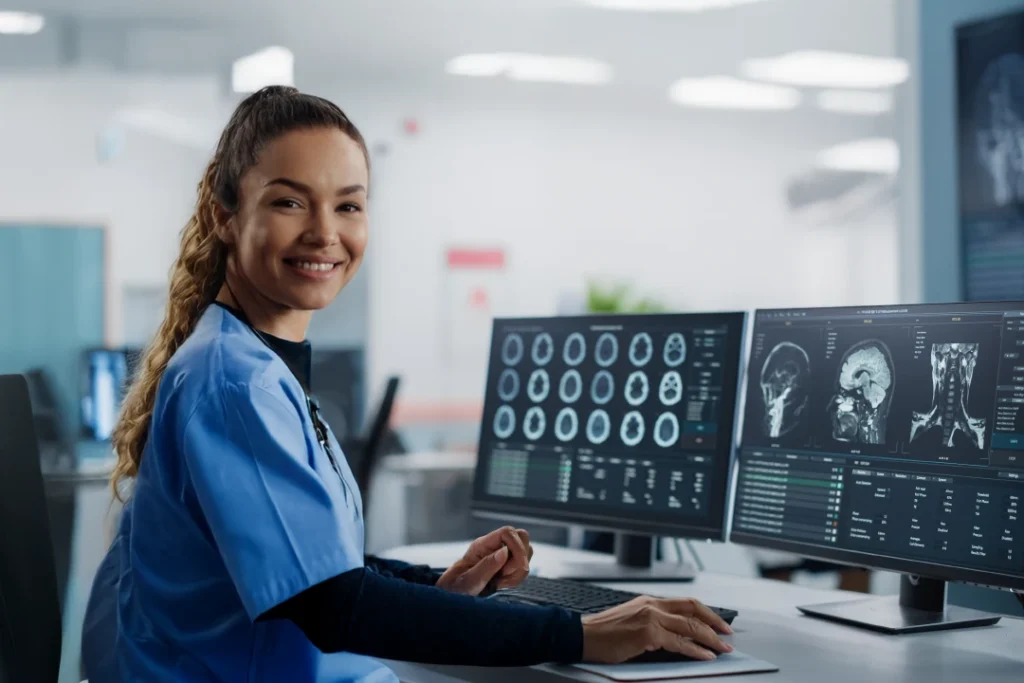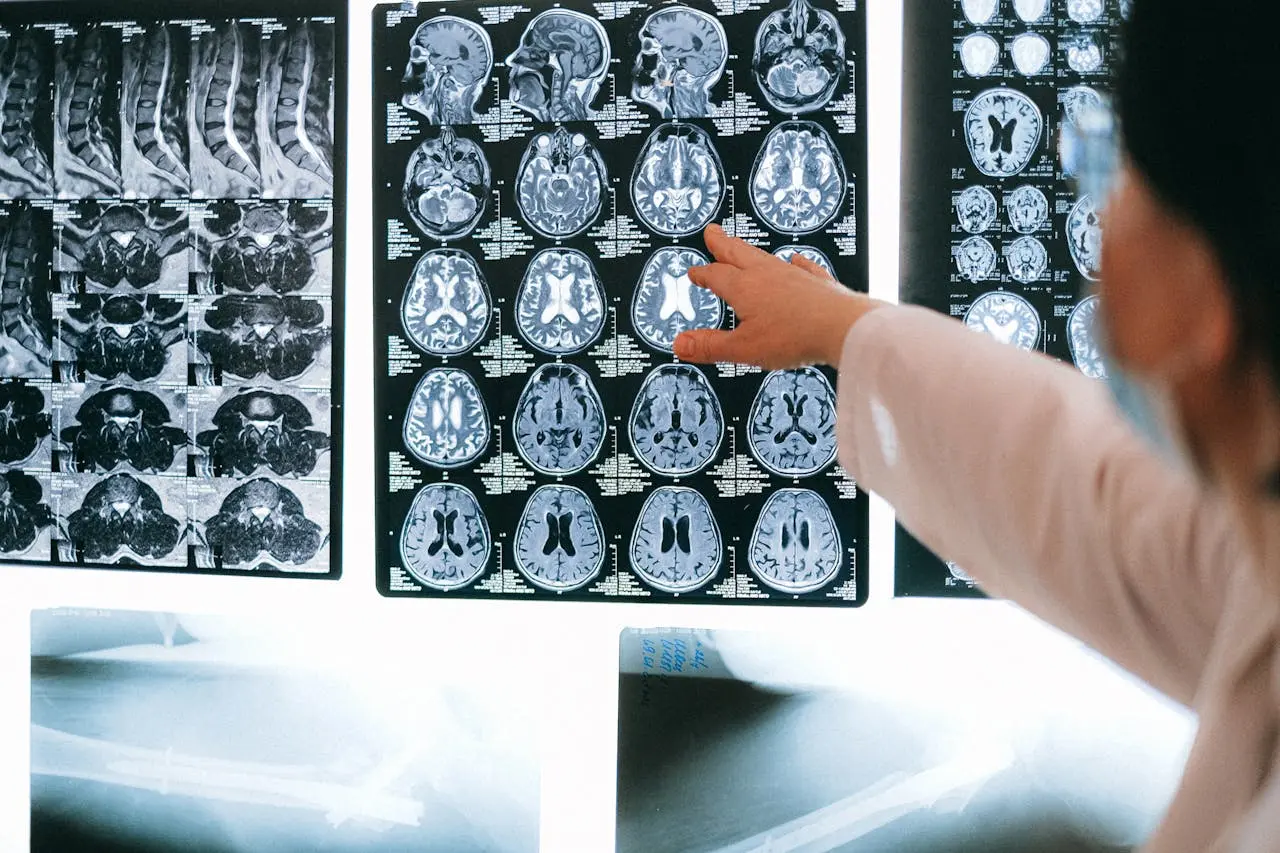The Future of Magnetic Resonance Imaging (MRI): What’s Changing in 2025
Published - July 28, 2025


Table of Contents
The Leap Forward
Magnetic Resonance Imaging (MRI) has always been a cornerstone of modern medicine. But now, this remarkable technology is stepping into a whole new realm of possibilities. Once limited to big hospitals and complex infrastructures, MRI is transforming into a tool that anyone, anywhere, might soon be able to access.
Why does this matter? Because these advancements aren’t just about cool tech—they affect lives. Diagnoses are becoming faster. Treatment is getting more precise. And access to medical imaging is improving for communities that need it most. Plus, the experience is becoming far less intimidating for patients while cutting costs for hospitals.
Whether you’re a healthcare professional, a tech enthusiast, or just curious about the future of medicine, these innovations promise to shape the way diseases are detected and treated. Let’s break down what’s happening and where it’s all heading.
Developments That Are Changing the MRI Landscape
Intelligent Diagnostics: Smarter, Faster, Better
Artificial intelligence is making waves in MRI technology, making the diagnosis of diseases quicker and, more importantly, more accurate. By using sophisticated algorithms, AI can sift through mountains of data to pinpoint early signs of things like cancer, neurological conditions, or heart issues.
For instance, tools like Siemens Healthineers’ AI-Rad Companion have taken the guesswork out of analyzing tricky cases. These AI-driven tools evaluate lungs, hearts, and other organs efficiently, handing radiologists incredibly precise insights so they can focus on patient care. They’re even predicting how a disease might progress, giving doctors a head start in planning treatments.
Still, these advancements mean radiologists and other healthcare professionals need to add some new tools to their skillsets—turning data science into a natural part of their job. Upskilling is no longer optional; it’s the bridge to connecting technology with better patient care.
Portable MRI: Healthcare Without Borders
Think of portable MRI machines as the superheroes of medical imaging—compact, efficient, and always ready to save the day. Unlike the traditional bulky and expensive systems that are tethered to urban healthcare hubs, new portable devices like Hyperfine’s Swoop™ are small, mobile, and more affordable.
These machines are a blessing for underserved areas. During a rural health mission, for example, a portable MRI scanner can deliver life-saving diagnostics on the spot for a stroke patient, eliminating the need for risky transfers to faraway facilities.
Sure, they’re not yet as powerful as their full-sized counterparts, but researchers are already working to ramp up their performance. And once they do? Portable MRI machines could completely upend how and where imaging happens—making healthcare more inclusive than ever.
Eco-Conscious MRI Design: Let’s Talk Sustainability
With the healthcare sector increasingly committing to greener operations, MRI manufacturers are stepping up to reduce their environmental impact. Many are shifting to designs that are helium-free and energy-efficient, which is a big deal. Helium is scarce, costly, and critical for traditional MRI machines to operate.
For example, GE Healthcare has developed helium-free systems that work without relying on these finite natural resources. This shift not only helps the planet but also makes MRI more affordable and accessible, especially for smaller clinics that can’t shoulder sky-high operational costs.
On top of that, industry standards around sustainability are being developed, powering an eco-friendlier future for MRI technology. It’s a smart move—one that benefits healthcare providers, patients, and the planet.
Patient-Friendly Machines
For many people, an MRI scan can feel like stepping into a sci-fi nightmare—long, noisy, and absolutely nerve-wracking. But all that’s changing.
By 2025, designs focused on patient comfort will make scanning way less stressful. Whether it’s wide-bore machines for more space, whisper-quiet technology, or shorter scan times, these innovations aim to make the entire experience far less daunting.
Take Philips’ ComforTone system, which cuts noise by around 80%. Pair that with tools like VR headsets or soft lighting, and even nervous patients (think children or those with claustrophobia) can feel more at ease. A calmer patient results in clearer scans and smoother processes, so everyone wins.
New Career Horizons
The rapid pace of MRI advancements is making room for fresh career paths that didn’t exist just a few years ago. Mastering something like an AI-powered imaging tool is going to require a different skill set than scanning for a simple fracture.
Training programs are stepping up by teaching radiology professionals how to handle AI tools, portable systems, and eco-friendly designs. Virtual simulations are also becoming more popular, offering healthcare workers a way to learn in a low-pressure environment before applying their skills in the real world.
This is good news for the next generation of healthcare professionals—it means plenty of opportunities to shine in a field where technology and patient care intersect.
Facing the Roadblocks
Of course, no big leap forward comes without a few hurdles. Upfront investments, privacy concerns, and skepticism toward AI are all potential sticking points.
Portable MRI systems can be pricey, making it tough for smaller facilities to adopt them. Collaboration between governments and private healthcare companies will be critical to bring costs down and make these technologies more accessible.
Meanwhile, patient data security must be rock-solid. AI systems need sensitive information to work their magic, but ensuring that data stays safe and private is crucial. Fortunately, innovations like federated learning are tackling this issue by enabling AI to analyze data without centralizing it.
And let’s be honest—AI in healthcare can feel intimidating. Clear communication and transparency will be essential to help doctors and patients alike build trust in these groundbreaking tools.
The Future of Healthcare Is Within Reach
Magnetic Resonance Imaging is becoming more than just a diagnostic tool—it’s turning into a symbol of healthcare’s potential. With advancements in AI, portable systems, sustainability, and patient-centered comfort, MRI technology is reshaping how we think about diagnosing and treating diseases.
There’s still plenty of work ahead—challenges around affordability, data safety, and training need solutions. But with teamwork across industries and a genuine commitment to improving worldwide healthcare, MRI technology has the chance to make real change.
The real question is: How will we rise to the occasion and make sure these breakthroughs serve as many people as possible? The next few years will be all about turning possibility into reality. So, here’s to a world where healthcare is more accessible, efficient, and compassionate than ever before.
